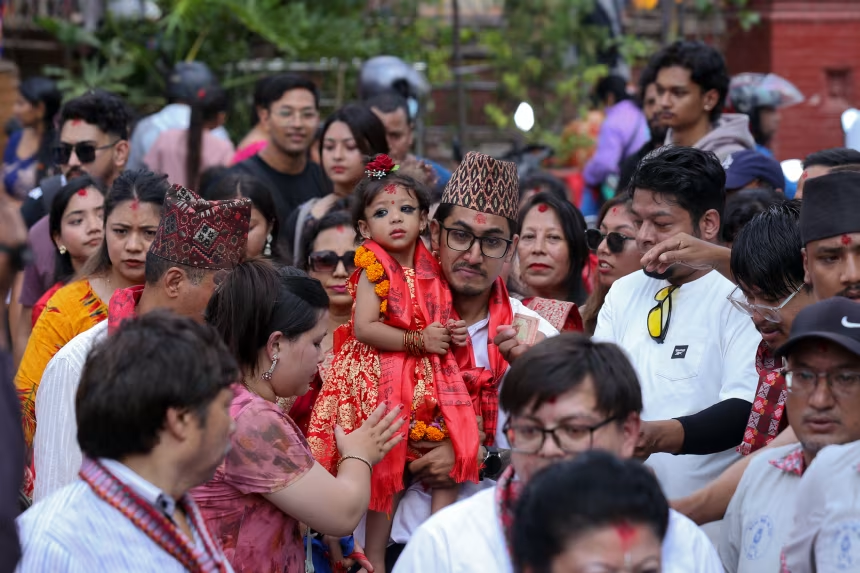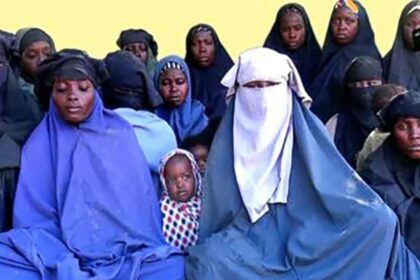A two-year-old girl has been selected as Nepal’s new Kumari, or living goddess — a revered figure in both Hinduism and Buddhism. On Tuesday, Aryatara Shakya, aged 2 years and 8 months, was ceremoniously carried by her family from their home in a narrow Kathmandu alley to her new residence in the historic Taleju Bhawani Temple at Kathmandu Durbar Square.
Aryatara replaces the outgoing Kumari, who, according to tradition, returns to a normal life once she reaches puberty, shedding her divine status.
The Kumari is chosen from the Shakya caste of the Newar community, native to the Kathmandu Valley. She must meet a strict set of physical and emotional criteria: flawless skin, perfect teeth, serene eyes, and a fearless demeanor — even in the dark.
The tradition of the Kumari is deeply symbolic in Nepal, a predominantly Hindu nation where she is revered by both Hindus and Buddhists. Once selected, the Kumari assumes the role of a goddess, participating in religious festivals and rituals. She typically wears red attire, styles her hair in topknots, and bears a painted “third eye” on her forehead, symbolizing divine insight.
Earlier this month, the outgoing Kumari was honored during the Indra Jatra festival, where she was paraded through the streets of Kathmandu in a chariot pulled by devotees — a ritual that draws thousands of spectators.
Aryatara’s selection comes amid Dashain, Nepal’s most important Hindu festival, which spans 15 days and celebrates the victory of good over evil. Tuesday marked the eighth day of Dashain, and across the country, schools and offices were closed as families gathered in celebration.
The festive season will continue into October, with Tihar — also known as Diwali, the festival of lights — rounding out a series of deeply spiritual and cultural observances.















